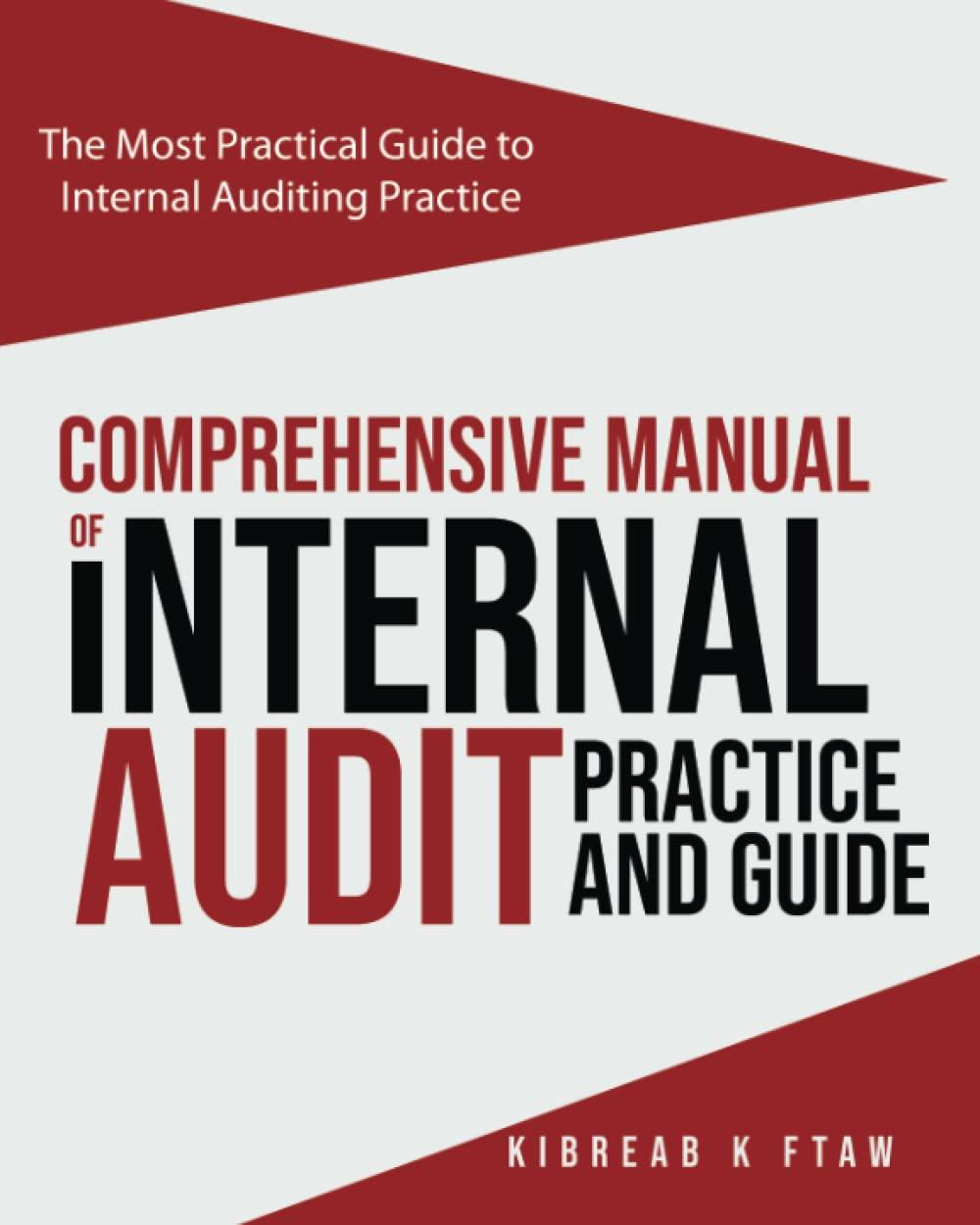Question
1. The cost of ending inventory using full costing is always greater than or equal to variable costing inventory. T/F 2. The cost of goods
1. The cost of ending inventory using full costing is always greater than or equal to variable costing inventory. T/F
2. The cost of goods sold is always higher using variable costing than full costing. T/F
3. The total selling and administrative expense is the same using variable and full costing. T/F
4. Full costing income can be increased by increasing production without increasing sales. T/F
5. Full costing can give higher income than variable coting as long as inventory levels continue to increase. T/F
6. One of the reasons that companies allocate costs is to reduce the frivolous use of common resources. T/F
7. Cost-plus contracts guarantee that the supplier will be paid for production costs plus some fixed amount or precentage of the cost. T/F
8. A cost objective is the product, service or department that will recieve the allocated cost. T/F
9. Allocating actual service department costs allows the dervice departments to pass on the costs or inefficiencies to the production departments. T/F
10. Managers should not be held responsible for controllable costs. T/F
11. In deciding whether to sell or process further, the costs that have been incurred to process the product to this point are incremental costs. T/F
12. In a make or buy decision, direct materials and direct labor are usually incremental costs. T/F
13. If a department is eliminated, the company will avoid the fixed costs that have been allocated to that department. T/F
14. Opportunity costs represent the benefits foregone by selecting one alternative over another. T/F
15. The stage of production at which individual products are indentifiable is referred to as the spin-off point
16. All customers are equally profitable if the same percentage markup is applied to all customers. T/F
17. Chargin a higher price per unit will always lead to higher profits for the company. T/F
18. Only incremental costs and revenues should be used when evaluating a special order
19. Product cost can be largely influenced after design is complete. T/F
20. The target costing process begins with the design of the product. T/F
21. Differences between standard and actual costs are referred to as standard cost variances. T/F
22. Variances are usually constructed for direct materials, direct labor, and manufacturing overhead. T/F
23. The material price variance is equal to the difference between the actual and standard price per unit of material times the actual quantity of material purchased. T/F
24. The labor rate variance is equal to the difference between the actual wage rate and the standard wage rate, times the actual number of labor hous worked. T/F
25. If a management by exception apprach is used to investigate variances, only unfavorable variances will be investigated. T/F
26. In a decentralized organization, performance evaluation should encourage managers to behave as if their own personal goals were congruent with the goals of the company as a whole. T/F
27. Responsibility accounting holds managers responsible for all costs charged to their operation. T/F
28. Profit margin is calculated as income divided by sales. T/F
29. Return on investment can be inproved by increasing income or reducing investment. T/F
30. Managers tend to under invest when profit is used to evaluate them. T/F
Step by Step Solution
There are 3 Steps involved in it
Step: 1

Get Instant Access to Expert-Tailored Solutions
See step-by-step solutions with expert insights and AI powered tools for academic success
Step: 2

Step: 3

Ace Your Homework with AI
Get the answers you need in no time with our AI-driven, step-by-step assistance
Get Started


